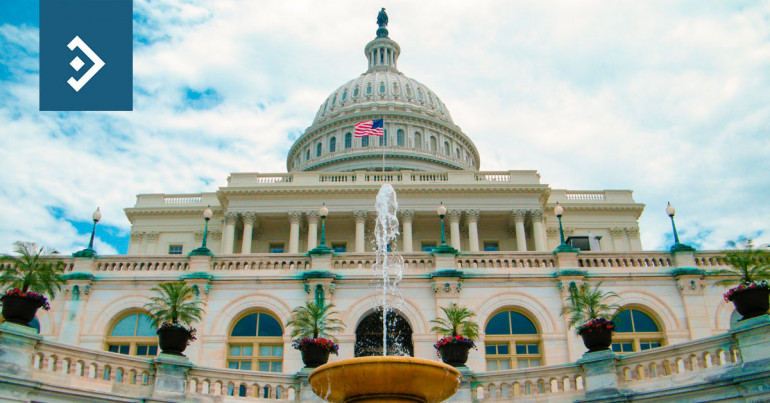
UK facing a household debt crisis
Morning mid-market rates – The majors
12th August: Highlights
- Energy crisis on a cliff edge
- Jobless claims and producer prices to lower inflation longer term
- Employment is the only bright spot
GBP – Borrowing top pay for essentials is a recipe for disaster
The Current Prime Minister, Boris Johnson, attended the talks in Downing Street but was unable to assert any pressure for a solution to be found.
Truss went on to say that profits are not evil, but an indicator of how successful UK firms can be which will attract overseas investment post-Brexit, while her opponent Rishi Sunak remains open to the idea.
Over the course of the election, Truss has been in favour of any vote-getting proposals but sees taxing successful businesses as unconservative, founded in the roots of socialism
It seems that every day there is a fresh announcement of the potential cost of household energy bills.
The latest estimate for an average household next year is now £5,000.
There have been questions asked about the work done by the regulators that were out in place when utility companies were privatized. They are stuck in the past and may not now be fit for purpose.
It is also interesting to note that for ten years as Prime Minister, following which he was succeeded by Gordon Brown, Tony Blair made no move towards a re-nationalization of privatized industries, yet the current Labour leadership are fiercely critical of the management of energy companies and the railways.
Since the announcement that Boris Johnson would stand down, which coincided with the Parliamentary summer recess, the country has been suffering from a form of tauper while the economy is suffering from both high and rising inflation and a burgeoning cost-of-living crisis.
Today will see the release of the first cut of GDP for the second quarter. It is expected that the economy contracted by 0.2% in the period between April and June, while it fell by an even larger amount month on month between May and June.
This is likely to be the precursor for the arrival of a technical recession. It is unlikely given his recent predictions that Andrew Bailey will follow his US counterpart in denying that the economy is in recession.
The financial markets are unable to find any reason to drive Sterling out of its current range versus the dollar, although it has failed to recover ground lost versus the euro recently.
Against the single currency, the pound 1.1790 yesterday and closed at 1.1823. Versus the dollar, it remains range bound, falling to a low of 1.2182 before closing at 1.2201.
Recommend our services and earn up to £75 per successful referral
USD – Long term inflation beginning to fall
It may be that the market is searching for signs to justify the bout of selling that took place following the misleading fall in headline inflation when data was released earlier in the week.
The fact that the deadline includes volatile items, like food and energy, does little more than provide fodder for headline writers.
Since the surge in demand for oil that followed the global emergence from the pandemic, there have been other factors that have seen the price fall.
Having peaked at over $5 per gallon, the average price of gasoline in the U.S. is now $3.99. While that is still extremely high historically, it is a 20% fall from earlier in the year.
This has a far more immediate impact on headline inflation than the data for employment, which will take a month or two to filter through into the core.
Two pieces of data released yesterday have also provided analysts with an opportunity to justify their calls regarding inflation having peaked.
The first is the continued rise in jobless claims. The number published yesterday showed the recent rise is continuing. While this jars with the non-farm payroll data it highlights the growing number of workers who are losing their jobs despite the amount of job hopping that is taking place in search of higher pay.
The four-week average of jobless claims has now reached 252.5k while the latest data show another rise to 262k, although the previous week’s data was revised lower.
Also released yesterday were producer prices. This is a measure of inflation at the factory gate and is seen as a precursor of consumer price inflation. This has been rising steadily as one would expect but the numbers released yesterday showed a significant fall, from 11.3% to 9.8%.
It may be that based upon producer prices the Fed may have turned a corner. This, more than the recent consumer price data result, provides the market with an indicator that the Fed may not be so aggressive in tightening monetary policy going forward. Traders failed to take any interest in the data, The dollar index lost a little ground, reaching the same to, 104.64, as the previous day. Again, it managed to climb back above 105, closing at 105.11.
EUR – Housing market to feel the force of ECB rate hikes
At the time of the first financial crisis in 2008, one of the prime indicators of the overheating economy was the rise in house prices in Ireland. While the country is seen as something of an outpost of the Eurozone, its housing market boomed driven by interest rates that were unheard of, driving people into owning their own homes. This was not a common phenomenon in the country.
When the buying dried up and prices began to fall it created a tsunami of unmanageable debt that the country is only now fully recovering from.
Although it was a painful experience for many, the national psyche has been changed and homeownership remains a goal for many.
Therefore, the rise in mortgage rates that has been precipitated by the ECB is a growing concern. Ireland has the second-highest average mortgage rate in the entire Eurozone, second only to Greece, which may come as something of a surprise.
With the house price crash still fresh in the minds of many, it is expected that Irish homeowners will batten down the hatches and try to ride out the coming storm.
It is predicted that there will be a rise in the level of negative equity, but there is both greater liquidity in the market now coupled with a greater understanding that with patience prices will begin to rise again.
There is more advice on offer now too with advisors suggesting that variable rate mortgages are switched into fixed rates even at the current elevated levels.
Across the wider mainland, rising prices are sapping the coincidence of the population that the Eurozone can avoid a recession. There is a distinct difference being felt between the current situation, which can be considered to be recession-lite, where the economy contracts by less than one per cent and the reals recession that many fear will arrive early in 2023 where contractions of up to five percent will be seen in several individual economies, including Germany.
There is a sense of calm before the storm as Europe takes its customary August holiday, but fears are growing that the ECB is acting precipitously in raising interest rates too late to be able to bring rising inflation under control, especially since there are factors at play that the Central Bank has no means of affecting.
The euro remains under pressure on any perceived rally. Yesterday, it rallied to a high of 1.0364 but in identical fashion to the previous session ran into sellers and retreated to close at 1.0319.

About Alan Hill
Alan has been involved in the FX market for more than 25 years and brings a wealth of experience to his content. His knowledge has been gained while trading through some of the most volatile periods of recent history. His commentary relies on an understanding of past events and how they will affect future market performance.”



